Celebrating a centenary of service to leprosy
Leprosy has long been one of the most dreaded afflictions. For centuries, to be a leper to be an outcast, without hope. In 1911, the Fiji Government ketch Ramadi, towing boats with a barely recognizable human cargo in various stages of decay and misery, arrived on the island which was to become their home. These sufferers were the first to be affected by the policy of compulsory isolation, the first inmates of the newly established leprosarium at MAKOGAI. There was no cure and it would be another thirty years before the discovery of antibiotics eventually led to an effective treatment for leprosy.
It was not until fifty eight years later, in 1969, that the last patients with Hansen’s Disease (leprosy) left Makogai for Fiji’s modern PJ Twomey Hospital in Suva, and the days of Makogai came to an end. Leprosy had become ‘just another sickness’.
More relevant to New Zealand, Quail Island in Lyttelton Harbour, Christchurch, was set up as a leprosy colony in 1906 until its closure in 1925. Patients were shipped to the island to be kept in isolation – and conditions were Spartan. A lonely grave on Quail Island is a sad reminder of New Zealand’s involvement with leprosy.
Ivon Crispen Skelton (1898-1925) lies buried there. Ivon was born in Samoa and brought his unsuspected leprosy with him to New Zealand, when he visited relatives on the West Coast. The Health Minister quickly banished Ivon to the Quarantine Station on Quail Island, where a small cottage was built beyond the Quarantine line and fenced off – there he remained for the next nineteen years. A second leper, Jimmy, was sent to the island in 1908, and a third patient in 1909. By 1925, there were nine lepers, including two Maori and two Chinese. The caretakers of the island provided cooked food which was left at the fence.
With the closure of Quail Island, as a leprosarium, the remaining patients were transferred to the island of Makogai, Fiji, where they joined a group of about 750 leprosy sufferers from around the South Pacific. Patrick Twomey dedicated himself to the cause and he soon became known as “The Leper Man”. Likewise, up in Heretaunga, Upper Hutt, the SMSM Sisters were known as “The Leper Nursing Sisters”.
The SMSM Sisters were asked to take on the care of leprosy patients on Makogai when the leprosarium was being planned. Few people wanted to take on such a task but the Sisters had been involved in caring for leprosy patients in other parts of the world as early as 1892 when Sr Marie de la Croix cared for leprosy sufferers who had been banished to a small island in New Caledonia.
Makogai came to represent a place where leprosy sufferers could mix with people their own age and enjoy warm friendships. The camaraderie that developed is something the ex-patients nostalgically recall and attribute to the loving care received. They said that life on Makogai was like living in one big family. Children received a formal education and were also taught skills for future employment. All the residents were taught basic skills for later life, either by the Sisters or other qualified patients, such as carpentry and trades for men, sewing and cooking for the women.
The Pacific Leprosy Foundation, a charity that began in Christchurch and later, spread nationally, enabled this high level of care at Makogai. In the early 1920s, two Christchurch men, elderly Benjamin Pratt and a young Patrick Twomey, began raising goods and funds for leprosy patients isolated on Quail Island. Twomey’s enthusiastic support was undaunted and he extended his efforts to help all patients on Makogai – over seven hundred and fifty residents – by the 1950s.
His personal appeal was such that Patrick Twomey came to be known nationally as “The Leper Man”, and mail donations could be, and were, delivered to him solely by that name at half price! The huge success of his annual appeals led, in 1939, to the establishment of a charitable trust that is today known as the Pacific Leprosy Foundation.
Following the availability of a cure, leprosy isolation became unnecessary, and in 1969, the leprosarium closed. Staff and the remaining patients took up residence at the new PJ Twomey Memorial Hospital in Suva, Fiji. The SMSM Sisters continued their involvement by running the hospital until it became a Fiji Government hospital in the 1990s. Today, SMSM Sisters care for and minister to ex-sufferers who live in their own villages in Fiji, Samoa, Tonga and the Solomon Islands.
Thus, a full century on from the beginning of SMSM service to leprosy, it is timely to celebrate the Sisters’ remarkable efforts epitomized in the success of the leprosarium at Makogai and at the PJ Twomey Memorial Hospital in Suva. In addition, the role of New Zealand donors to the Pacific Leprosy Foundation in their outstanding support of leprosy patients, both past and present in the South Pacific, is an achievement we should recognize, be proud of, grateful for their generosity.
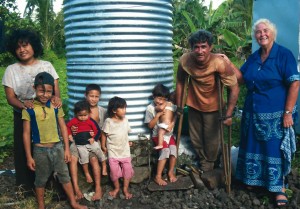
Sr Marietta in Samoa with Lafaele who has an amputated leg from leprosy. Seen here with his family, and new water tank courtesy of the Pacific Leprosy Foundation.

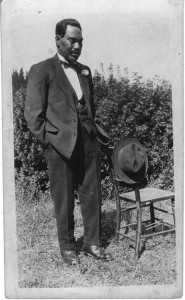
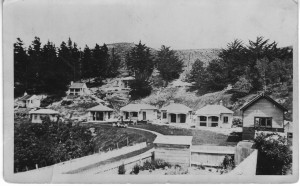
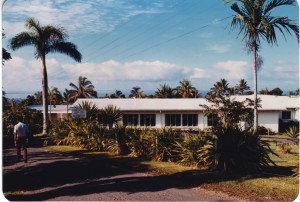
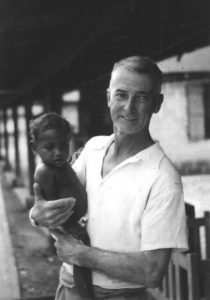
 Entries(RSS)
Entries(RSS)